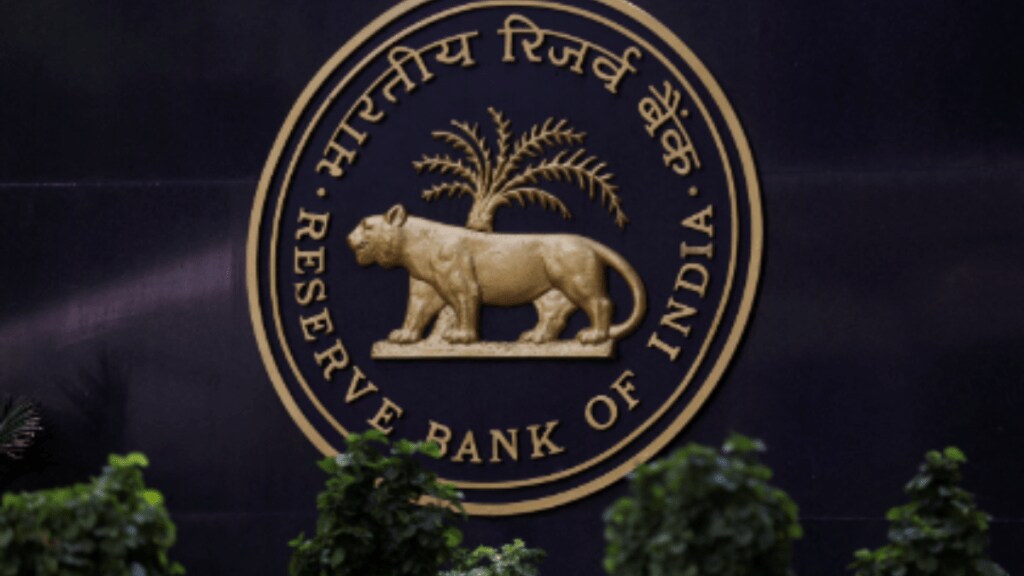The Reserve Bank of India’s (RBI) six member monetary policy committee (MPC) is likely to maintain status quo on repo rate at 6.50% and “withdrawal of accommodation” stance in the upcoming meeting scheduled between June 5-7, 13 economists polled by FE said unanimously. Around 30% economists believe the RBI will likely start cutting repo rate in the October-December quarter or in the first half of calendar year 2025.
“We expect the MPC to extend the pause of rates in June, with an unchanged policy stance. A nimble approach towards liquidity management is likely to continue, with the resumption in government spending, FY25 budget, inflows on account of the bond inclusion and frictional drivers like tax flows are likely to determine balances after the elections,” said Radhika Rao, senior economist and ED at DBS Bank India.
She added that the markets have pinned hopes on a potential bond supply reduction due to the strong revenue buffer, though it remains to be seen if the cushion is instead utilised towards accommodating additional revenue spending needs.
The recent S&P outlook upgrade, Rao said, is an acknowledgement of the ongoing fiscal consolidation efforts, with a slide below 4.5% of GDP well in view. “The authorities continue to undertake timely regulatory action and macroprudential measures in the domestic financial system to address selected pockets of concern,” she said.
Rajani Sinha, chief economist at CareEdge Ratings, shared similar views. However, she says that though the core inflation has been largely benign, higher food inflation has kept overall headline inflation higher. Retail inflation fell to an 11-month low of 4.83% year-on-year in April, from 4.85% in March, mainly due to a higher deflation in fuel and light and lower core inflation. On a sequential basis, the CPI index rose 0.5% in April, the highest rate in six months. The increase in sequential price pressures was led by higher food prices.
Apart from elevated food inflation, the incremental risk to inflation stems from the recent uptick in global commodity prices, especially industrial metals, Sinha said. This warrants closer attention as the rise in input prices can be passed on to the consumption basket. External risks emerging from ongoing geopolitical tensions also need to be monitored, given the risk they can pose to supply chains.
“Having said that, the outlook of food inflation has brightened on the back of expectations of a good monsoon, which will support farm output. However, the temporal and spatial distribution of the monsoon will be a critical factor to monitor going ahead,” Sinha said, adding that if food inflation moderates, there are chances of a shallow rate cut by the end of the calendar year, followed by another rate cut in the first quarter of 2025.
Gaura Sen Gupta, chief economist at IDFC FIRST Bank, said that FY25 CPI inflation is expected to average at 4.5% as against 5.4% in FY24. Core inflation remains at historical lows, she said, indicating no signs of overheating in the economy. Over the long-term, headline inflation tends to move towards core inflation. The economist also said that the earliest that the RBI MPC may cut repo rate is in October this year.
Moreover, RBI is likely to continue to use temporary measures to infuse liquidity such as variable rate repo (VRR). “Indeed in May interbank liquidity deficit has be been elevated averaging at Rs 1.4 trillion. Government expenditure has been more moderate with the interim budget in effect. Meanwhile tax collections remain strong, resulting in higher government cash surplus and tight interbank liquidity, Despite tight liquidity conditions weighted average call rate has remained near the repo rate, averaging at 6.56% in May 2024, as RBI has been infusing liquidity via VRRs,” she said.
Interbank liquidity conditions are expected to improve post the final budget is presented in July, Sen Gupta said, with government expenditure expected to pick-up. Government cash surplus is substantial at Rs 5 trillion as of May 24, 2024, post the RBI dividend. It has been utilising its cash surplus to reduce the drain on interbank liquidity via cutting t-bill auctions in Q1FY25 and g-sec buybacks.

